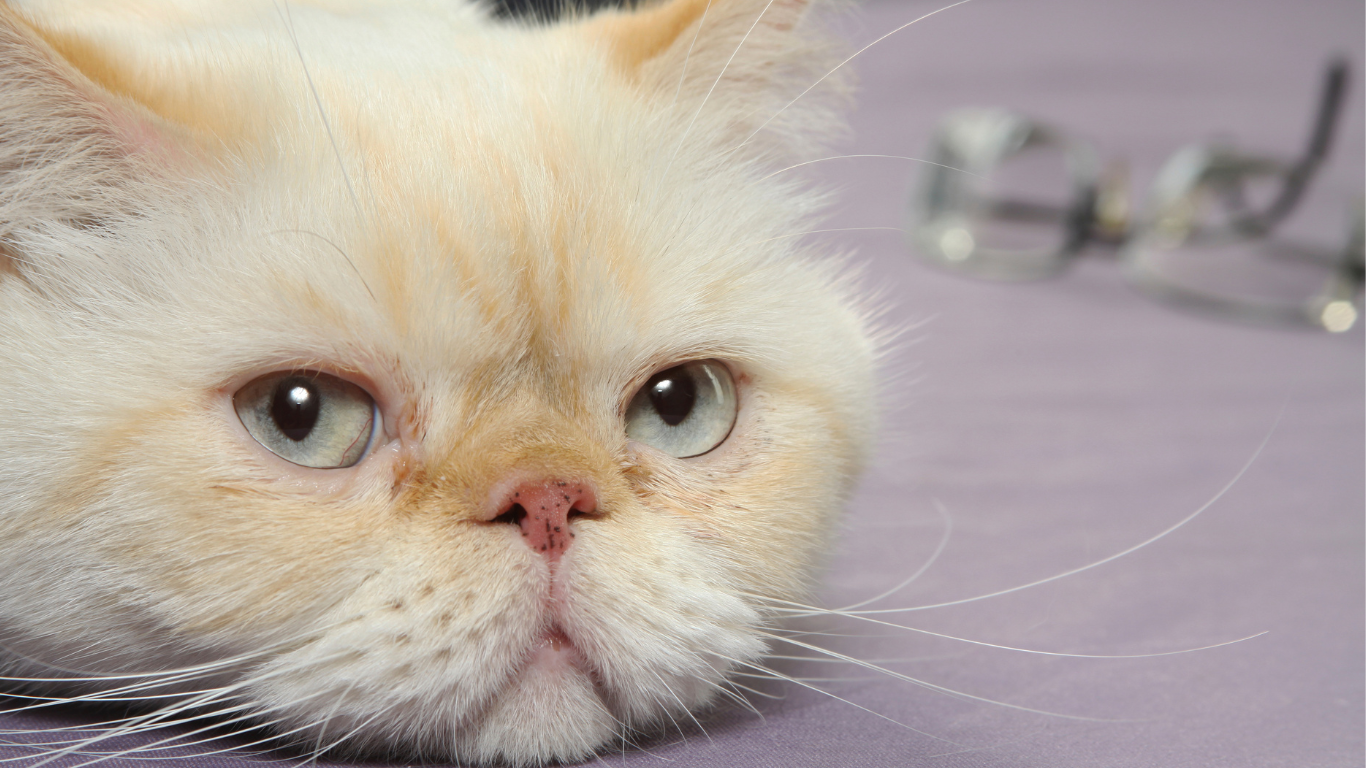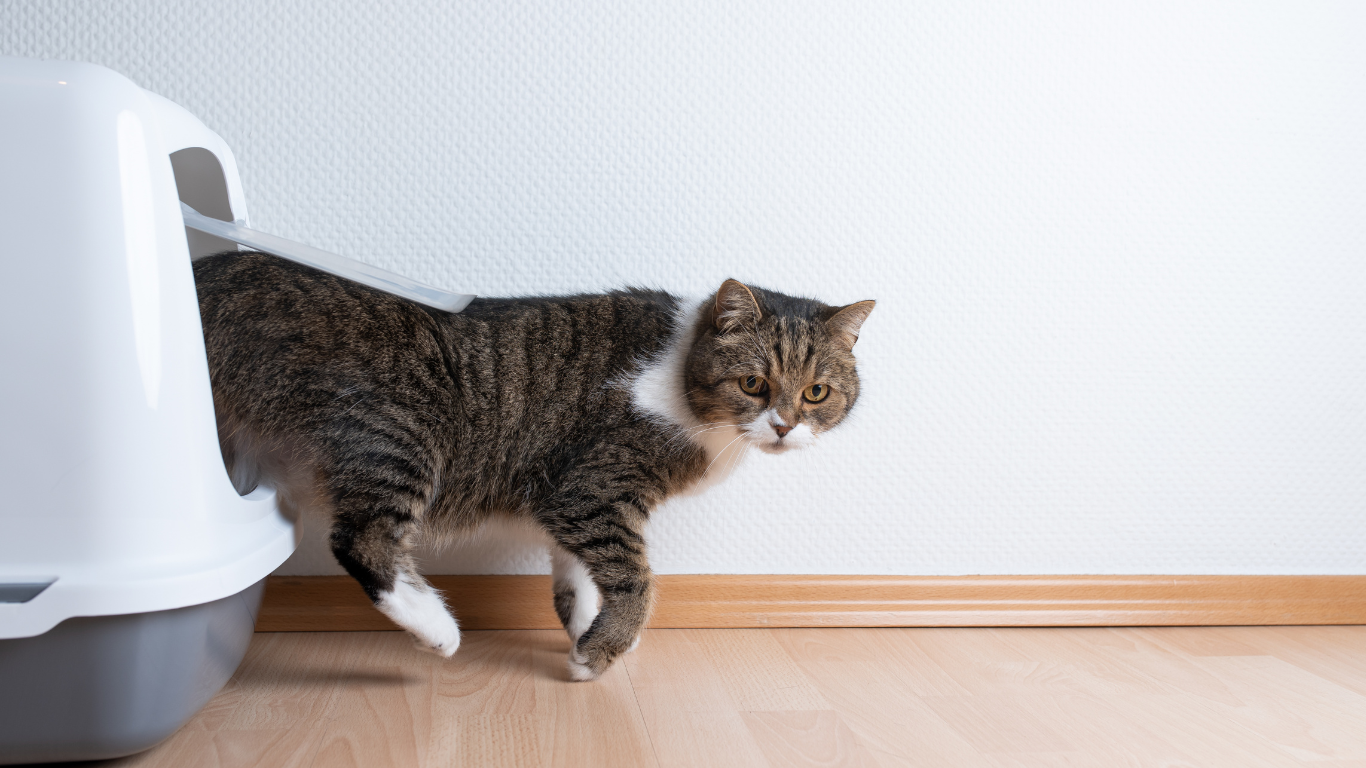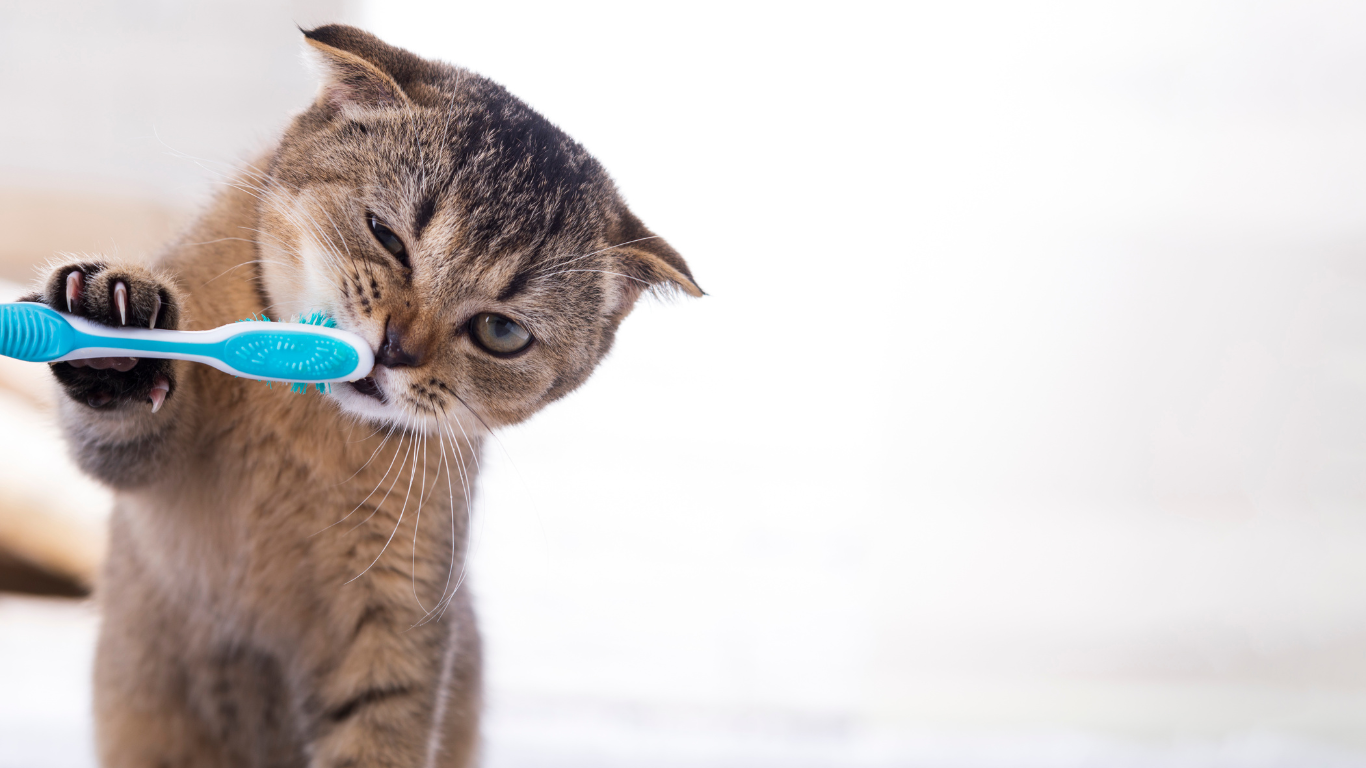Veterinarian Dr. Karin Schlotterbeck explains:

The urinary tract in cats - but especially in tomcats - is extremely susceptible to illness. Urinary grit - and the resulting urinary stones - are problems that are painful for your cat and require a visit to the vet.
How does urinary grit occur?
The causes for the development of urinary grit are diverse and range from too little exercise, genetic predisposition, obesity, diet, to viral and bacterial urinary tract infections (known in technical language as FUS (Feline Urological Syndrome)).
The decisive factors are diet and water balance - cats tend to drink little and get a large part of their fluid needs from their food. In order for urinary crystals to grow, there must be a lot of minerals in the urine. The diet of affected cats usually contains too many minerals (especially calcium, magnesium and phosphate), which can build up into small crystals in the bladder. Over time, these can become larger and develop into sand-like urinary grit or larger bladder stones (urolith).
In general, overweight and neutered tomcats kept indoors are at greatest risk. The urethra in a tomcat is particularly narrow. If urine grit develops, it can happen that the urethra becomes blocked (blocked). In the worst case scenario, the cat can no longer urinate and the bladder becomes extremely full. As a result, urine backs up through the ureters into the kidneys, which subsequently leads to kidney failure.
Which urinary stones are most common in cats?
There are different types of urinary stones that differ in their chemical composition. The most common urinary stones are struvite stones - followed by calcium oxalate stones. These two types account for approximately 90% of bladder stones in cats.
Struvite stones
Both alkaline (too high pH) urine in connection with a bladder infection and the intake of excessive amounts of minerals such as magnesium, ammonium or phosphate in the feed can lead to the formation of struvite stones.
These stones can often be dissolved by acidifying the urine through diet and/or medication.
Calcium oxalate stones
Calcium oxalate stones form when urine has a particularly low pH (acidic). Risk factors here are in particular an excessive amount of calcium from food. Great stress and excess weight are also factors that promote crystal formation. However, the exact mechanisms involved have not yet been completely clarified. Once these stones have formed, they usually have to be removed in an operation.
How do I recognize urine grit/bladder stones?
If your cat suffers from urinary grit or urinary stones, it may show this with these symptoms:
- Frequent discharge of small amounts of bloody urine
- Frequent, unsuccessful attempts to pass urine
- Incontinence
- Increased licking of the genitals
- Urination in unusual places
- Frequent meowing when urinating
- Weakness and apathy (in advanced stages)
- A bloated stomach (in advanced stages)
What can I do if I recognize these symptoms?
Urethral blockage caused by urine semolina mainly affects male cats because of their narrow urethra. However, when bladder stones form, cats also experience urination problems.
If you suspect that your cat has problems with its bladder or urination, the only solution is to go to the vet. This should be done as quickly as possible. If your cat is unable to pass enough urine - or no urine at all - due to a urinary disorder, it builds up in the bladder and flows back into the kidneys. If this happens, it is possible that the cat will die because it has developed kidney failure.
Depending on the situation, your veterinarian will examine and treat your cat accordingly. First a general examination is carried out, followed by a urine and/or blood test.
If no urine or only droplets of urine come out when urinating, the cat must be placed under anesthesia and a catheter inserted into the urethra to remove the grit and drain the urine. First, an X-ray or ultrasound is used to check whether there are any crystals or stones in the bladder. For larger stones, surgery is usually carried out immediately (cystotomy), while for urinary grit the first attempt is to flush out the crystals using a urethral catheter.
In male cats, the penis may have to be amputated to remove the eye of the needle for urine.
Further medical therapy to balance the pH value in the urine and to treat the inflammation will also be initiated by the veterinarian.










